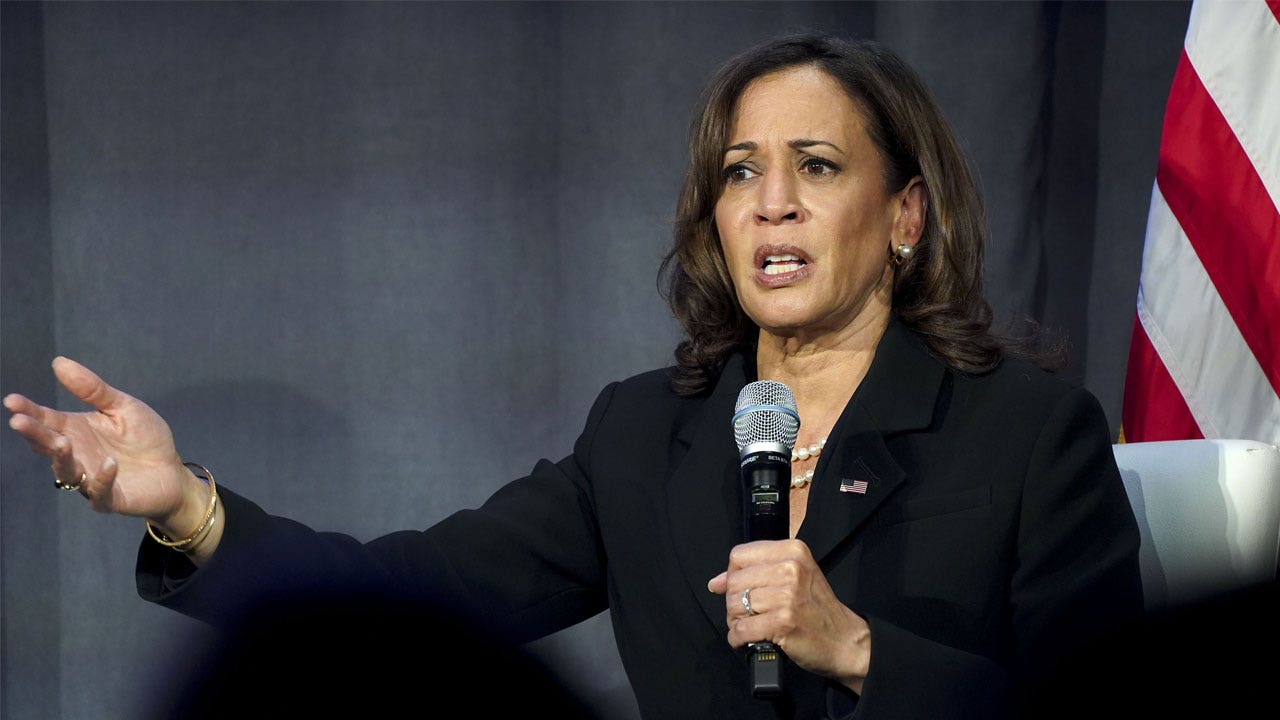Northeast
RFK Jr. disqualified from New York ballot, used 'sham' address for residency, judge rules
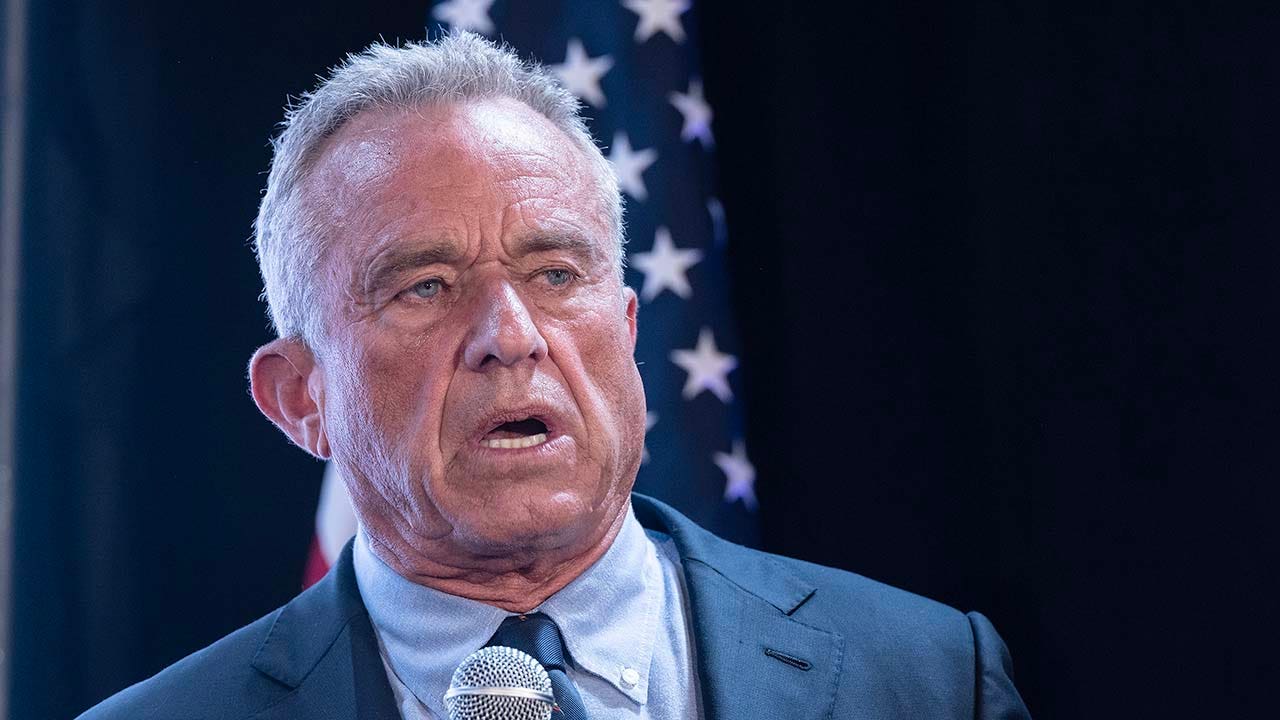
Independent candidate Robert F. Kennedy Jr.’s longshot bid for president has become even more unlikely after a judge ruled on Monday that his name should not appear on New York’s ballot after he falsely claimed a residence in the state on nominating petitions, despite living in California.
New York Justice Christina L. Ryba concluded in a 34-page decision that the rented bedroom Kennedy, 70, claimed as his residence in the state wasn’t a “bona fide and legitimate residence, but merely a ‘sham’ address that he assumed for the purpose of maintaining his voter registration” and furthering his political candidacy.
Ryba wrote in the decision that Kennedy’s designation of 84 Croton Lake Road in Westchester County as his place of residence “was a false statement requiring invalidation of the petition.”
JOE ROGAN DENIES ENDORSING RFK JR. FOR PRESIDENT, SAYS HE ONLY MEANT TO SAY HE LIKES HIM ‘AS A PERSON’
Robert F. Kennedy Jr.’s longshot bid for president has become even more unlikely after a judge ruled that his name should not appear on New York’s ballot, declaring he is not a resident there. (Lev Radin/Pacific Press/LightRocket via Getty Images)
“Using a friend’s address for political and voting purposes, while barely stepping foot on the premises, does not equate to residency under the Election Law,” the judge wrote. “To hold otherwise would establish a dangerous precedent and open the door to the fraud and political mischief that the Election Law residency rules were designed to prevent.”
If the judge’s decision is upheld, it would keep Kennedy off the ballot in New York but could also lead to challenges in other states where he used an address in New York City’s suburbs to gather signatures. On Friday, Kennedy told Fox News’ Neil Cavuto that he had enough signatures to appear on the ballot in all 50 states.
The scion of the famed Democratic political dynasty vowed to appeal, dismissing the ruling as partisan. The lawsuit was backed by Clear Choice Action, a Democrat-aligned political action committee on behalf of several voters in the state.
“The Democrats are showing contempt for democracy,” Kennedy said in a statement, noting the ruling judge is a Democrat. “They aren’t confident they can win at the ballot box, so they are trying to stop voters from having a choice. We will appeal and we will win.”
“This case is an assault on New York voters who signed in record numbers to place me on their ballot,” Kennedy wrote on X.” The DNC has become a party that uses lawfare in place of the democratic election process.”
Barbara Moss, who rents the room to Kennedy, testified that he pays her $500 a month but she acknowledged there is no written lease and that Kennedy’s first payment wasn’t made until after the New York Post published a story casting doubt on Kennedy’s claim that he lived at that address.
JFK’S ASSASSINATION CUT SHORT MY UNCLE’S VISION BUT WE MUST REVIVE IT, NOT FORGET IT

Democratic presidential candidate Robert F. Kennedy Jr. speaking at the libertarian FreedomFest conference in Memphis, Tennessee on July 15, 2023. (Joseph A. Wulfsohn/Fox News Digital)
The judge wrote it was “highly improbable, if not preposterous” that Kennedy may return to that bedroom to reside with his wife, family members, multiple pets, and all of his personal belongings to be,” the judge wrote.
Ryba said evidence submitted in trial showed Kennedy had a “long-standing pattern” of borrowing addresses from friends and relatives so he could maintain his voter registration in New York state while actually residing in California, where he has a home with his wife, actor Cheryl Hines.
A survey conducted by Ipsos this week found Kennedy is polling around 5% among voters in seven swing states: Michigan, Pennsylvania, Wisconsin, Georgia, North Carolina, Arizona and Nevada.
Clear Choice Action said the ruling shows Kennedy intentionally misled election officials and betrayed voters’ trust.
CLICK TO GET THE FOX NEWS APP

The last substantive independent bid for president was launched in 1992 by populist Texas industrialist Ross Perot. (Robert Daemmrich Photography Inc/Sygma via Getty Images))
“The Kennedy team will undoubtedly file desperate lawsuit after desperate lawsuit in the coming days and weeks; they will fail, and it will not change the simple truth: he lied, and he’s being held accountable,” the organization said.
The last substantive independent bid for president was launched in 1992 by populist Texas industrialist Ross Perot, whose strong showing led critics to claim his closer proximity ideologically to losing incumbent President George H.W. Bush led to former Arkansas Democratic Gov. Bill Clinton’s upset win.
Segregationist former Alabama Democratic Gov. George Wallace, running as an American Independent in 1968, and Republican-turned-Progressive ex-President Theodore Roosevelt in 1912 round out the last trio of substantive third-party candidates in the modern era.
Fox News’ Charles Creitz and the Associated Press contributed to this report.
Read the full article from Here

Vermont
Green Mountain Mysteries: A Taxonomy of Vermont Noir
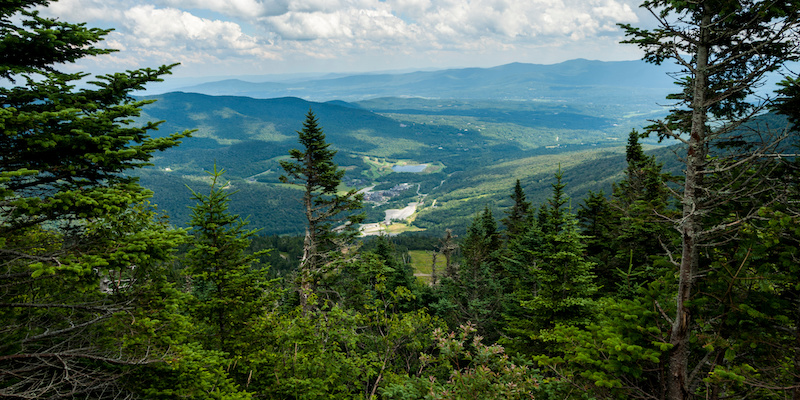
For a small state (pop. 647,064), Vermont looms large in literature. Not only do we claim the second highest per capita number of working writers in the country, behind only Washington, D.C., but we can claim Robert Frost, Sinclair Lewis, Dorothy Thompson, Shirley Jackson, Chris Bohjalian, Julia Alvarez, and Rebecca Makkai, as full- or part-time residents of our state.
Article continues after advertisement
While the state has historically had an extremely low crime rate (though we have had sensational and violent murders that have rocked our communities), it has been host to many fictional horrors and murders. The landscape of Vermont lends itself well to made-up mystery. Our mountainous terrain creates a sense of remoteness, a feeling that we’re beyond the reach of many traditional forms of law enforcement. Our location at the edge of the country, just an hour or two’s drive to Quebec for most Vermonters, opens up the omnipresent possibility of escape. And our sparsely populated hills and valleys mean you may not be seen doing whatever dastardly thing you want to do. It seems like Vermont has been having a bit of a moment in the thriller space—Bestselling writers like Riley Sagar, Dervla McTiernan, Shari LaPena, and Jessa Maxwell have recently set books here, making good use of that remoteness, of our close-knit communities and our otherworldly natural beauty.
In his 1930 story/novella, The Whisperer in Darkness, H.P Lovecraft (who stayed in Vermont for short periods) establishes a version of Vermont that would take hold in readers’ imaginations, describing “the wild domed hills of Vermont” where the narrator, a folklorist and professor of literature at a Massachusetts college, arrives to meet up with a man named Henry Akeley. Akeley claims to have important information about the discovery of the remains of strange beings washing down into the valleys in the aftermath of the 1927 flood. Lovecraft creates a sense of gothic claustrophobia in Akeley’s ancestral farmhouse and the narrator’s descriptions of Vermont as a barely tamed wilderness makes his tale of horror all the more possible — and chilling.
Twenty-one years later, the writer Shirley Jackson, who lived with her husband, Stanley Edgar Hyman, and their children in North Bennington, Vermont while he was teaching at Bennington College, took inspiration from the mountains of Southwestern Vermont and the Berkshire Mountains of Massachusetts to create the eerie landscapes in her stories and novels. Her 1951 novel Hangsaman was inspired by the real-life disappearance of a Bennington College student and her classic short story The Lottery was suggested by a shopping trip out and about in North Bennington.
Donna Tartt’s 1992 novel of collegiate murder, The Secret History, was many readers’ introduction to the fourteenth state. I love the book with a white-hot passion and reread it at least once a year. Tartt, who lived in Vermont for four years while a student at Bennington College, weaves and unweaves a deconstructed murder plot, the solution revealed on the very first page, the turns of the path to get there snaring readers and not letting them go until the final, devastating word. The novel is unrelentingly brilliant and she draws, in elegiac description, the landscape of Southwestern Vermont up against the New York border. On my frequent revisitings, I have sometimes wished that Tartt had lavished as much care and characterization on the town part of the fictional Hampden’s town and gown dynamic as she does on the gown. In many ways though, that’s the point of a novel set firmly within the consciousness of a Californian experiencing Vermont for the first time and if her Vermonters can seem one dimensionally backwards sometimes, Tartt’s poetic descriptions of the Vermont winter are so specific and so rapturous you can feel her own wonder as a Southerner experiencing the season during her time in Bennington coming off the page.
It’s always interesting to see what writers not familiar with the state do with our ingredients. A few years ago, the Burlington Free Press hilariously rated some of the astonishing number of Hallmark channel Christmas movies set in Vermont. (My takeaway is that writers should always research the governance structures of places they want to write about but do not live in; one of the many ways these movies reveal themselves as not written by locals is by assigning mayors and city councils to little towns of 1,500 people.)
And although we love the series, my family had fun speculating about why its producers tried to claim that the not-really-Vermonty-looking New England location of the boarding school in the Addams Family spinoff Wednesday was in the Green Mountain State. (“Um, I really, really like this, but why are there Pilgrims?” one of my children was heard to say.)
Actually, there seem to be quite a few novels set at fictional Vermont boarding schools, which is curious since . . . we don’t have many of them. We have a small number of public-private academies and two smaller boarding schools in the southern part of the state, but for reasons having to do with Vermont’s location, historic economy, and post-Civil War depopulation, the state is not dotted with tony or possibly spooky private secondary boarding schools the way New Hampshire, Massachusetts, and Connecticut are.
My very favorite Vermont mystery and horror tales capture the odd contradictions and dichotomies of my state—its remoteness and its worldliness; its natural beauty and its stark post-industrial downtowns and renewed downtown areas; its wild forests and its manicured pastures and farmland; its frigid winters and its glorious short summers; its progressive (by reputation and—mostly—in reality) present and the shameful periods and incidents in its distant and not-so-distant past; its warm welcome and its derision of flatlanders and those who (like me) weren’t born here; its flinty independence existing side-by-side with a longstanding communitarian impulse. There are many non-resident writers who have done the work to learn about our quirky, wonderful state but I’d like to highlight some Vermont writers, whether they’ve been here for generations or a few months or years.
Here then is a non-exhaustive list of some crime fiction—or novels with crimey elements—set in Vermont and written by Vermont or Vermont-adjacent writers. Cozy, stark, gritty, dark, funny, disturbing—there’s something here for every taste:
The novels of Howard Frank Mosher
They’re not crime fiction, but Mosher’s wonderful twelve novels, set in the fictional Kingdom County, are a first stop for anyone wanting to know more about the state, its personalities, and the parts of our history we highlight and hide. Many of the novels have plenty to offer for fans of crime fiction, in particular 1977’s Disappearances, about a bootlegging father and son duo, and 1989’s wonderful A Stranger in the Kingdom (inspired by actual events) in which a Black minister arrives in a small Vermont town and is charged with adultery and murder.

The Joe Gunther series by Archer Mayor
In his thirty-three police procedurals featuring Vermont Bureau of Investigation detective Joe Gunther, Mayor has crisscrossed the state (and sometimes beyond), finding confounding murders for his protagonist to solve. The pleasures of the series are many and many readers around the world have been introduced to Vermont and Joe’s home of Brattleboro through the books. Joe is an imperfect and sympathetic protagonist and the cast of characters contains friends, neighbors, and fellow investigators of Joe’s who have come to feel like family to Mayor’s readers. The novels don’t bow to Vermonty stereotypes, instead exploring a grittier side of our hamlets than the one found in tourism brochures, and his characters inhabit real towns, cities, and landscapes representing a broad swathe of the state’s residents.
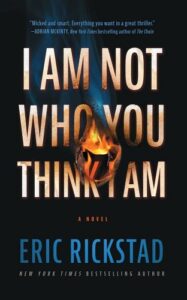
The Canaan Series, I Am Not Who You Think I Am and other novels by Eric Rickstad
Rickstad, who lives in the Bennington area, is the author of a series and standalone novels set in his home state, as well as his latest, Lilith, about a mother seeking justice after a school shooting. The Canaan novels, set in the actual Northeast Kingdom town of Canaan, feature good investigators going after very bad killers. Rickstad’s version of Vermont is multi-layered. There are no picture-postcard scenes and his characters move about in real darkness. He writes with a critical eye but also a reverence for his home. 2021’s I Am Not Who You Think I Am is a gothic treat, set in the Bennington area and featuring a once-extravagant mansion that hides terrible secrets.
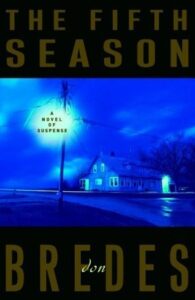
The Hector Bellevance series by Don Bredes
I really enjoyed Bredes’s three-book series, published in the 2000s, and always wished there had been more of them. Bellevance returns to his hometown in northern Vermont after a career as a homicide detective in Boston. The novels balance small-town intrigue with authentic emotional darkness as Hector, appointed town constable in the first novel, solves mysteries, grows vegetables, dates and then marries the town’s reporter, and learns that, as Robert Frost wrote, “Home is the place where, when you have to go there, they have to take you in.”

The Sleepwalker by Chris Bohjalian
The work of bestseller Bohjalian has long spanned genres and categories, but his breakout hit Midwives, is set in Vermont and he has set books in his home state throughout his career. 2017’s The Sleepwalker, set in a fictional Vermont village, is perhaps the novel most firmly within the crime category. The daughter of a missing woman who was a habitual sleepwalker gets too close to the investigation into her mother’s disappearance. Bohjalian channels Hitchcock, using the trappings of small town Vermont and the natural landscape of Addison County to ratchet up the tension.

Jennifer McMahon’s suspense novels
McMahon, who was until recently a Vermont resident, has set most of her thrillers in the state. Many have supernatural elements and she uses the region’s history in powerful ways, dredging up mystery and murder from the past to populate the present with ghosts. Her characters are complicated and beautifully drawn and she is especially interested in children and young people and the way childhood trauma can stalk us as adults.
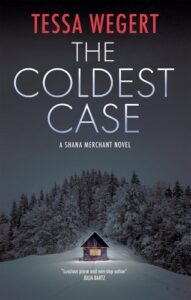
The Shana Merchant series by Tessa Wegert
Connecticut author Wegert’s series is actually set in the Thousand Islands region of upstate New York, but her wonderful protagonist, New York State Senior Investigator Shana Merchant, grew up in Swanton, Vermont, and Wegert, who was raised just over the border from Vermont in Quebec, captures the particular feel of the town, the specifics of border-spanning Lake Champlain, and the surrounding landscape on Vermont’s boundary with Quebec. Vermont also provides much of the origin story for Shana’s narrative arc, in ways I won’t detail for fear of spoiling her twisty plots. The sixth Shana Merchant mystery, The Coldest Case, comes out in November.
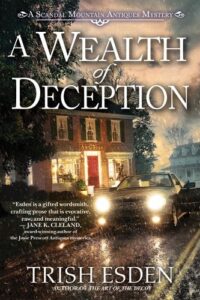
The Edie Brown series by Trish Esden
Edie Brown, an art and antiques dealer (like Esden), returns to her family home in northern Vermont after a scandal involving her mother and solves mysteries related to rare and stolen objects. Esden knows her subject well and Edie’s explorations provide an in-depth look at contemporary Vermont, as well as the state’s multi-faceted history.
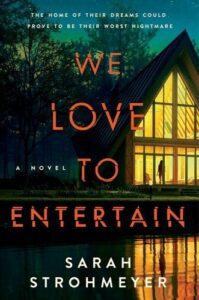
We Love to Entertain by Sarah Strohmeyer
Strohmeyer, the author of the Bubbles Yablonsky series, as well as many other works of fiction and suspense, sets her home renovation show thriller in the fictional town of Snowden, Vermont, uncovering long-held secrets amongst the townspeople. She pokes delicious fun at reality show culture, writes with authority about the administration and business dealings of a small Vermont town, and readily captures the dynamics between locals and out-of-staters interested in cheap rural real estate.
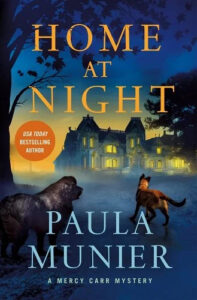
The Mercy Carr and Troy Warner series by Paula Munier
Munier, who lives just over the border in New Hampshire, sets her series in a fictional Vermont town based on Manchester, Vermont. Former Army MP Mercy Carr and her retired military bomb-sniffing dog Elvis solve mysteries with game warden — and Mercy’s love interest — Troy Warner. Munier really nails the dynamic of a shire town and its relationship to the grittier places around it. Many of her plots take place in Vermont’s wilderness areas and there is great appeal here for dog lovers.
The Perfect Liar by Thomas Christopher Greene
Greene, the author of six novels and a recent collection of essays, and the founder of the Vermont College of Fine Arts, sets this domestic thriller in Burlington, Vermont’s largest city. A newly married couple who are keeping secrets from each other find that their pasts have followed them to Vermont when a strange note, reading I Know Who You Are, appears on their door.
And two books not out yet by Vermont authors:
Vermont author Margot Harrison, who has written four YA novels, makes her adult debut with The Midnight Club. It isn’t out until September, but it has a really compelling concept: in order to solve the long-ago murder of one of their own, a group of friends who went to college together in Vermont meet for a reunion and take a drug that allows you to relive your memories.
Also out in September is Vermont author Kara Lacey’s Caught on Camera, about a grieving widow who moves to a fictional village in Vermont and joins a local camera club. This sounds like a fun take on the cozy, village mystery.
***
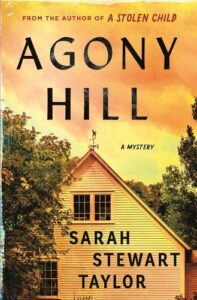
Boston, MA
By one key measure, Boston’s lab market is in as rough shape as the pandemic-battered office market – The Boston Globe

Three years ago, in the depths of the pandemic, only around 1 percent of existing lab space in the region was vacant or available via sublease. Today, commercial real estate brokerage Colliers reported last week, that number is 21.5 percent, and vacancies are expected to grow in the coming months as more buildings open. For comparison, the availability rate for office space in Greater Boston is 22.7 percent.
There are fundamental differences between the lab and office markets — notably the fact that most lab work, unlike office work, needs to be done in person. But the sharp rise in lab vacancies is a stark reminder of how quickly fortunes can change for a hot industry, even a still thriving one like Boston’s biotechs.
The amount of Greater Boston lab space that is occupied by tenants has climbed by more than one-fifth over the last two years. But this wave of new construction and office-to-lab conversions means the amount of vacant space has climbed even faster, hitting an all-time high of 11 million square feet. And for lab landlords, the scene will likely get worse before it gets better.
“We haven’t seen vacancies peak yet,” said Colliers research director Jeffrey Myers. “Once they start to turn the corner, it could take years … to get back to something we would consider more of a normal market.”
Several factors are driving the sudden shift.
Back when lab space was impossible to find, pent-up demand prompted many developers to bet on life sciences projects “on spec,” or without commitments from tenants. At the time, many local biotechs often took whatever lease they could find, sometimes renting considerably more than they needed. Meanwhile, money poured into the region’s biotech scene from venture capitalists hoping for a big payout, through an initial public offering, or from a sale to a much larger drug company, fueling demand for real estate. As a result, lab projects sprouted all over the region.
Now, many of those shiny new buildings are hitting the market — the amount of lab space in the northwestern suburbs along Route 128, for example, essentially doubled in the past five years. The small firms that took on more space than they needed are now looking to sublease some of it. The IPO machine has slowed considerably, as has the flow of cash from VC firms. And several significant players, including Takeda and Ginkgo Bioworks, have announced layoffs in recent months.
“It’s a correction from the sugar high we had during COVID when everybody was piling money into anything that said ‘life sciences,’” said Bob Coughlin, an executive at real estate brokerage JLL’s Boston office who specializes in lab deals.

The slowdown is evident all over Greater Boston. Myers rattled off a few examples topping 400,000 square feet in size, from the former John Hancock headquarters at 601 Congress St. in the Seaport that was renovated into labs but remains empty, to the former Tufts Health Plan headquarters in Watertown, also converted and empty. A similarly sized building just went up across from the Leader Bank Pavilion in the Seaport — also vacant. Lab plans have been shelved for a former auto dealership site in Needham and at the Riverside train terminal in Newton, while construction was even halted midstream on a lab building going up along McGrath Highway in Somerville.
Factor in the buildings that are under construction, and the region’s lab availability rate approaches 32 percent, according to JLL. In total, nearly 5 million square feet of labs opened in just the first six months of 2024 across Greater Boston, per JLL’s research, with only one-fifth of that newly built space already leased.
Empty floors even abound in the industry epicenter of Kendall Square. There was less speculative building in Kendall — most new buildings there are preleased to big tenants such as AstraZeneca, the Broad Institute, and Takeda. But Colliers notes a record amount of lab space is on the market now in Cambridge: 3.6 million square feet, most of it in or near Kendall.
Beth O’Neill Maloney, head of the Kendall Square Association, doesn’t sound worried. Kendall is as vibrant as it’s ever been, she said, and the empty space could allow more startups to expand there.
“It’s the normal ebb and flow as we build and fill, I’m pretty confident about that,” Maloney said. “Zero percent vacancy rate probably isn’t the healthiest for us. … The availability of some sublease space actually helps some early-stage companies grow here, thrive, and take root.”
Advocates for the industry say the empty space underscores the need for the Legislature to pass an economic development bill that would allocate roughly $100 million a year for life sciences, essentially reauthorizing two previous rounds of state assistance. The House and Senate could not reach an agreement on the bill before regularly scheduled formal sessions ended for the year on Aug. 1. The Massachusetts Biotechnology Council sent a letter last week to legislative leaders, urging them to bring lawmakers back for a special formal session to pass the bill as soon as possible, as Governor Maura Healey has requested.
“My hope would be there’s a sense of urgency,” said Ben Bradford, a vice president at MassBio. “This is a great tool for the state to recruit companies or to keep companies here.”
Still, the sharp surge in vacancies has provided welcome relief to all the smaller biotechs that had been jockeying for space. Coughlin, the JLL executive and former head of MassBio, has been working through a planned vacation this week to keep up.
“I’m doing predominantly tenant work, and I’m as busy as I can be,” Coughlin said. “I don’t like being this busy in August, but I am.”

Jon Chesto can be reached at jon.chesto@globe.com. Follow him @jonchesto.
Pittsburg, PA
Buffalo Bills sign ex-Pittsburgh Steelers WR before preseason game

Former Pittsburgh Steelers wide receiver Deon Cain will return to Pittsburgh on Thursday, but not with the Steelers. Cain signed with the Buffalo Bills amid a myriad of moves that the team made to their roster earlier this week. That included placing Chase Claypool on injured reserve.
Cain has played for the Birmingham Stallions of the UFL for the last few years as he tries to break his way back into the NFL. The Bills will have a joint practice with the Steelers on Thursday at Acrisure Stadium before their preseason game on Saturday.
Cain played for the Steelers in 2019, being elevated to the active roster after multiple injuries to the wide receiver room. He has also spent time with the Indianapolis Colts and Philadelphia Eagles. He has remained one of the UFL’s more consistent wideouts over the last few seasons, dating back to when it was the USFL.
The Steelers are excited to work with the Bills and hope to gain a lot from it. Mike Tomlin even called the Bills.’ the ‘ideal dance partner’.
“I just expect it to be good work. I was on the phone last night with ‘McDee’ [Sean McDermott]. He and I go way back. He’s a great dance partner from that perspective. I know his values. Excited about good, clean working preparation for our season,” Tomlin said.
Cain will have a chance to show what he can against the Steelers in that practice. At the very least, Cain is hoping to stick on an NFL practice squad after years of cycling through training camp invites.
-
News1 week ago
The ‘Blue Walz’: How a low-key Midwestern governor shot to the top to be Harris’ VP pick | CNN Politics
-
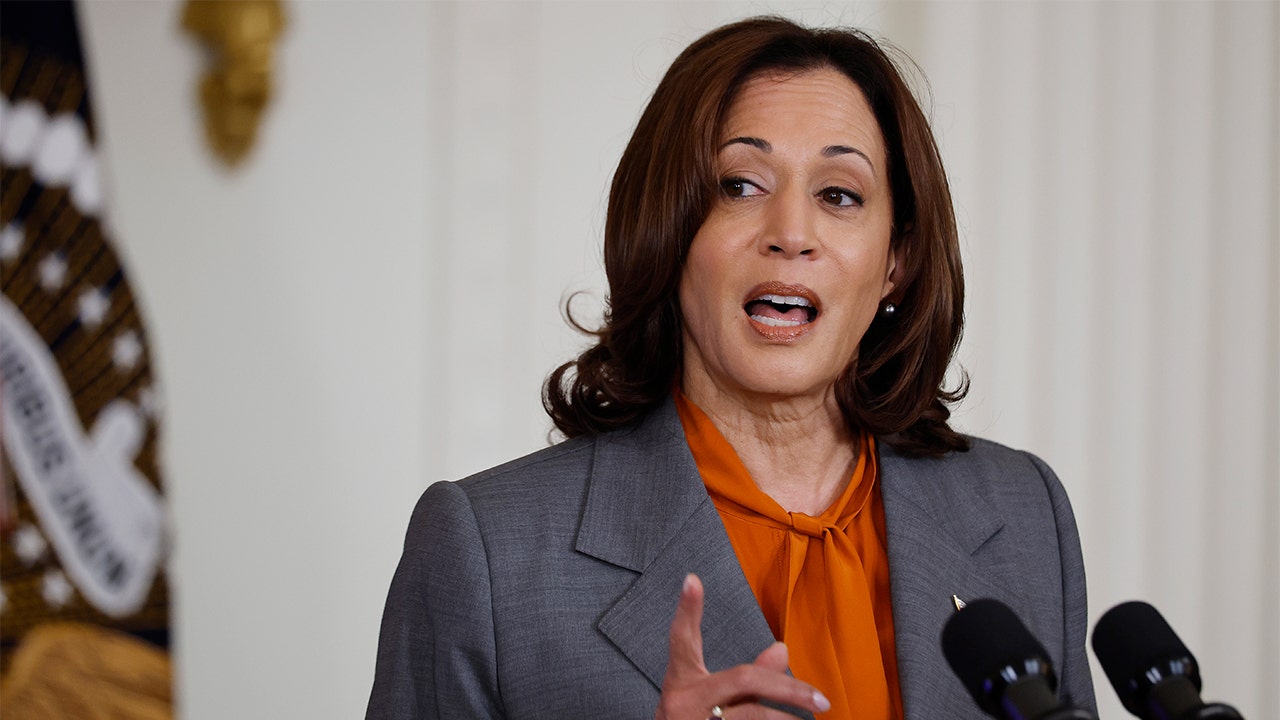
 News1 week ago
News1 week agoKamala Harris holding rally in Pennsylvania to introduce running mate after securing Democratic nomination
-

 World1 week ago
World1 week agoVenezuela launches probe against opposition leaders Gonzalez, Machado
-

 Movie Reviews1 week ago
Movie Reviews1 week agoMinmini Movie Review: A soothing and understated film with characters to root for
-

 World1 week ago
World1 week agoNorth Macedonia on the energy transition path out of coal
-

 World1 week ago
World1 week agoThe day after in Dhaka
-

 World1 week ago
World1 week agoEx-Catalan leader Puigdemont headed back to Spain despite fear of arrest
-

 Culture1 week ago
Culture1 week agoIf that was it for Simone Biles' Olympic career, let's all appreciate what we just saw









